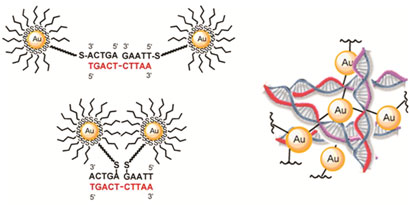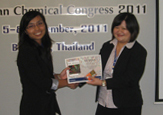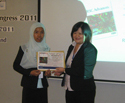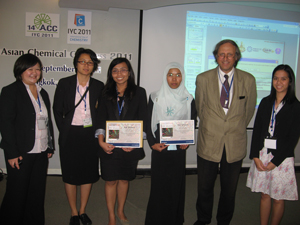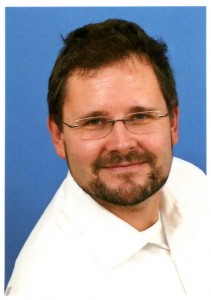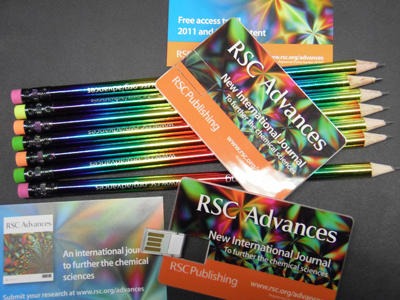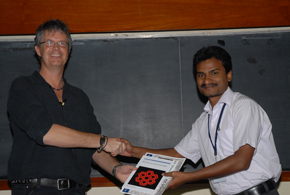Could rechargeable batteries for portable electronic devices be flexible and rollable?
Scientists in Singapore show that hydrated vanadium pentoxide (HVO)-based bulky paper are excellent candidates for cathodes in lithium ion batteries. Paper is lightweight, low-cost and flexible and provide many advantages over carbon nanotubes and graphene nanosheets.
The team led by Tuti Mariana Lim and Qingyu Yan, Nanyang Technological University, Singapore prepared bulky paper from HVO nanobelts, which they synthesised using a very efficient hydrothermal method (up to 99% yield). The nanobelts were several micrometers long, ~20nm in diameter and ~10nm in thickness. Flexible bulky-paper cathodes were made without the addition of binders.
 “These flexible electrodes show high reversible Li storage capacities, good high C-rate performance with ~100% coulombic efficiency,” claim Lim and Yu.
“These flexible electrodes show high reversible Li storage capacities, good high C-rate performance with ~100% coulombic efficiency,” claim Lim and Yu.
“These promising properties of binder-free flexible electrodes can be an important step for development of rollable rechargeable battery with desired energy storage performance.”
Read the full paper for free upon a simple registration process:
Facile preparation of hydrated vanadium pentoxide nanobelts based bulky paper as flexible binder-free cathodes for high-performance lithium ion batteries
Xianhong Rui, Jixin Zhu, Weiling Liu, Huiteng Tan, Daohao Sim, Chen Xu, Hua Zhang, Jan Ma, Huey Hoon Hng, Tuti Mariana Lim and Qingyu Yan
RSC Adv., 2011, 1, 117-122











